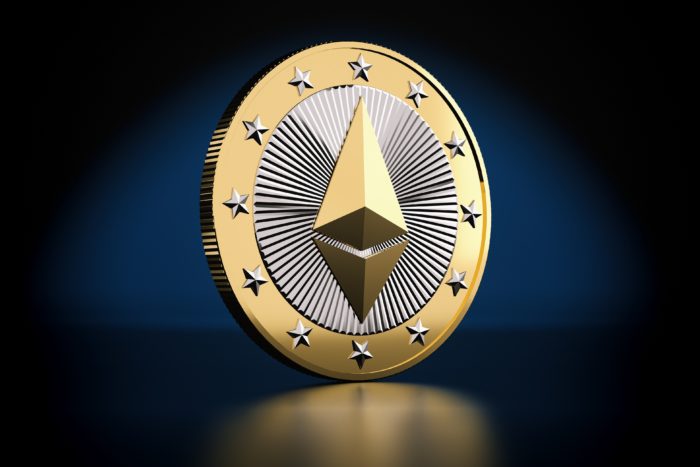
On a much more mundane, but quite humorous, level, Charmin, (yes, the maker of the cotton-ball soft TP), auctioned rolls of its signature product accompanied by some artistic designs. ” That seems a bit extreme to me but in the approximate disastrous neighborhood (and reminiscent of what is probably in store for almost all those 6000 or so cryptocurrencies). ” Then, the not-so-hot news: “ We believe 99.9% of NFTs being minted right now will go to zero. “ Art gives you utility and NFTs have been lacking in the utility delivered to the client-in the aesthetic value, the pleasure, the status. First, he noted the advantages, and then just a bit of a problem. Showing how mainstream NFTs had gone by 2021, Barron’s ran this cover story on them in their Penta special supplement, oriented toward the high-net-worth set.Ĭonsider these illuminating comments by Evan Beard, national art services director at BofA’s Private Bank in Barron’s Penta. One involved Twitter founder Jack Dorsey’s first tweet, which fetched nearly $3 million in March of 2021. There was subsequently a string of million-dollar-plus NFT transactions.

While Beeple’s NFT was certainly the blockbuster, it wasn’t a fluke. It had been minted as a digital token and stored on blockchain (the previously mentioned cyber-ledger widely used for crypto trading). To quote Barron’s on those that are art-related: “NFTs are unique digital works encrypted with an artist’s signature that prove authenticity and ownership.” The artist Beeple discovered the joys of NFTs in March 2021 when a digital collage of his creations, “Everydays: The First 5000 Days”, sold for $69 million. Maybe a peak into the art world might help convey (sort of) what these things are. For my more “mature” (and conservative) readers, this stands for Non-Fungible Tokens. Such "fat finger" errors aren't uncommon.Moving on from cryptos, let’s examine another one of the truly bizarre manifestations of Bubble 3.0 and the tens of trillions of global central bank funny money – NFTs. In December, someone accidentally sold their Bored Ape Yacht Club NFT for 0.75 ether instead of 75 ether - $3,000 instead of $300,000. The downside to decentralization is no entity can instantly reverse human-errors like this. PoS systems verify transactions by having token holders vote to approve them, where as PoW chains rely on the solving of computationally demanding cryptography problems - which is why those systems crunch so much more power.īlockchain infrastructure is mostly designed to improve decentralization, for instance, by allowing a network of people around the world to process payments instead of centralized institutions like banks. It's a Proof-of-Stake blockchain, which is more efficient than the Proof-of-Work consensus mechanism used by Bitcoin and Ethereum. Juno is a blockchain which seeks to compete with Ethereum by being more scalable and efficient ( read: cheaper and less environmentally damaging). "This is a wake up call for validators," he said.

This transcation had 125 validators, Di Michele explained, but not one checked. Blockchains require "validators" to verify each transaction, encoded in "blocks", so that they can be added to the chain. Even more painful than the human error, Di Michele said to CNET, was the fact that none of the network validators caught the mistake.


 0 kommentar(er)
0 kommentar(er)
